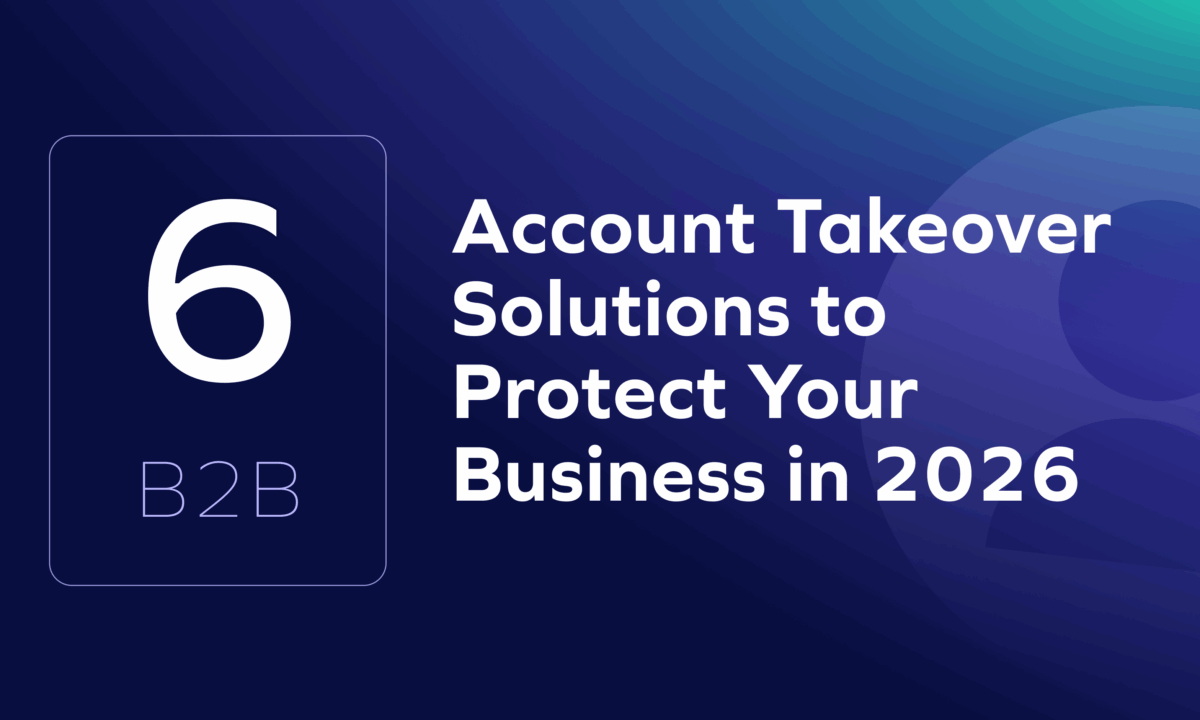In the ever-evolving world of corporate governance and regulatory oversight, the Sarbanes-Oxley Act (SOX) stands as a beacon of accountability and transparency. Enacted in response to a wave of corporate scandals in the early 2000s, SOX aims to safeguard investors, enhance confidence in financial reporting, and foster integrity within businesses. At its core, SOX compliance is not just a legal obligation but a fundamental pillar of responsible business conduct, shaping the operational framework for organizations of all sizes and industries.
What is SOX Compliance?
SOX, formally known as the Sarbanes-Oxley Act of 2002, represents a comprehensive set of regulations designed to enhance corporate governance and financial disclosure practices. Named after its sponsors, Senator Paul Sarbanes and Representative Michael Oxley, SOX was a legislative response to high-profile accounting scandals such as Enron and WorldCom, which eroded investor trust and shook the foundation of financial markets.
The key provisions of SOX encompass various aspects of corporate accountability, internal controls, and financial transparency. These include requirements for accurate financial reporting, establishment of internal controls, oversight of audit processes, and increased accountability for corporate executives. Additionally, SOX established the Public Company Accounting Oversight Board (PCAOB), tasked with overseeing the auditing profession and enforcing compliance with SOX standards.
Why is SOX Compliance Important?
SOX compliance is crucial for several reasons, each intertwined with the broader goals of corporate governance and investor protection. Firstly, SOX enhances the accuracy and reliability of financial reporting, providing investors with a more transparent view of a company’s financial health. By requiring strict adherence to accounting principles and disclosure requirements, SOX helps mitigate the risk of financial fraud and misrepresentation, thereby safeguarding investor interests.
Secondly, SOX promotes accountability and integrity within organizations by holding corporate executives and auditors responsible for the accuracy of financial statements. The certification requirements imposed by SOX, such as CEO and CFO certifications of financial reports, underscore the importance of executive oversight and ethical leadership in corporate decision-making.
Moreover, SOX compliance fosters trust and confidence in the financial markets, both domestically and internationally. By implementing robust internal controls and governance mechanisms, companies demonstrate their commitment to ethical business practices and sound financial management, enhancing their credibility among investors, customers, and stakeholders.
Furthermore, SOX compliance helps organizations mitigate operational and reputational risks associated with non-compliance. The potential consequences of failing to comply with SOX requirements, including regulatory penalties, litigation, and damage to corporate reputation, underscore the importance of proactive compliance efforts.
What Makes SOX Compliance a Headache?
While the benefits of SOX compliance are clear, achieving and maintaining compliance can present significant challenges for businesses. One of the primary challenges is the complexity and breadth of SOX regulations, which encompass a wide range of requirements spanning financial reporting, internal controls, audit processes, and corporate governance. Navigating these regulatory requirements requires a comprehensive understanding of SOX provisions and their implications for business operations.
Additionally, the costs associated with SOX compliance can be substantial, particularly for smaller companies with limited resources. Compliance efforts often entail investments in technology, personnel, and infrastructure to strengthen internal controls, enhance financial reporting processes, and ensure regulatory compliance. Moreover, ongoing compliance efforts necessitate continuous monitoring, assessment, and adaptation to evolving regulatory requirements, adding to the long-term cost of compliance.
Another challenge is the dynamic nature of regulatory compliance, with SOX requirements subject to interpretation, revision, and enforcement by regulatory authorities. Keeping pace with regulatory changes and updates requires ongoing vigilance and engagement with regulatory developments, posing a challenge for organizations seeking to maintain compliance in a rapidly evolving regulatory landscape.
The global nature of business operations presents additional challenges for SOX compliance, particularly for multinational companies operating across multiple jurisdictions. Harmonizing compliance efforts across diverse regulatory environments, addressing cross-border legal and cultural differences, and coordinating compliance activities across geographically dispersed locations can pose significant challenges for organizations with global operations.
So How Do You Make SOX Not Suck?
If you haven’t read about it yet, we recently launched our Trustmi SOX Compliance solution, which transforms the way businesses meet their compliance requirements. Our solution helps these companies move away from a reactive audit approach and move toward a proactive preventive approach. This new approach enforces business controls in real-time for the entire business payment process, and reduces the manual work involved in compliance with automation.
Let’s dissect a sample scenario that shows how Trustmi can support organizations dig through the details and ensure compliance. In the visual example below, we’ve outlined several different issues that can easily occur throughout the year that would impact an organization’s SOX compliance. These issue focus on actions that specifically impact the B2B payment process and vendor management.
In this example, there are many events that can transpire, and their full impact may only come to light at the end of the year. In one instance, an employee involved in the payment approval process might not have approved a payment for funds release. This action is fraught with risk impacting compliance. A missing payment approval can hold up the entire payment cycle, delaying payments to vendors. This can lead to missed due dates and late payments, which creates additional problems, as we’ve discussed in the past. It might also result in another employee overriding the approval process to meet the deadline, thus skipping an important step in the workflow.
Another example of an error that can happen is a sanctioned vendor is onboarded—a company that should not be a vendor in the first place for any number of reasons. Then perhaps that vendor submits an invoice that is included in a payment cycle when it shouldn’t. If there are no controls around preventing sanctioned vendors from being onboarded and paid, that would create another red flag that would impact compliance later.
Then there’s the issue of a vendor changing their bank account information, but the normal business processes or proper protocols aren’t followed, which creates the risk of a fraudulent payment. Or perhaps a new employee is granted administrative permissions to the ERP or other system that they shouldn’t have full access to because it would allow them to override controls that could lead to disastrous financial errors. And on and on it goes. The point is, any number of issues and problems and setbacks can occur, and larger corporations are at a particularly high risk because of the complexity of a business operating at such a large scale. It isn’t enough to go back retroactively at the end of the year to find, correct, and report on these issues. These problems must be addressed and prevented as they happen.

So how do we help mitigate and correct the issues that impact an organization’s ability to be fully compliant? Our platform uses automation to remove manual work that can result in errors. It enforces process controls to make sure no one is doing something they shouldn’t be doing. It provides visibility into the payment approval process and ensures that the payment process flows effortlessly so that the correct amount is paid on time to the right vendor. It raises the issue of the sanctioned vendor and ensures that it is handled accordingly. It ensures business processes aren’t circumvented and are always followed. And so much more. By preventing the problems and raising (and handling) the issues that arise throughout the year, Trustmi provides enormous support to overworked finance teams that need to go back, find, review, log, and report on all the problems that happened in the payment flow and vendor management lifecycle.

SOX Success!
SOX compliance represents a cornerstone of corporate governance and financial transparency, essential for fostering investor confidence, mitigating operational risks, and promoting ethical business conduct. By embracing SOX compliance as a strategic imperative and investing in robust governance, internal controls, and compliance mechanisms, organizations can navigate the complexities of regulatory compliance and emerge as stewards of transparency and integrity in the corporate world. While the challenges of achieving and maintaining SOX compliance are significant, there are ways to mitigate the problems that arise and the work involved to report on potential issues. Trustmi’s AI-powered solution and SOX Compliance module is an indispensable asset to organizations of all sizes to help them stay the course, prevent problems, resolve incidents in real-time, and streamline the reporting of incidents and their resolution. This helps organizations to achieve and maintain the highest standard of compliance to operate a successful business.
You can read more about our SOX Compliance solution here.










